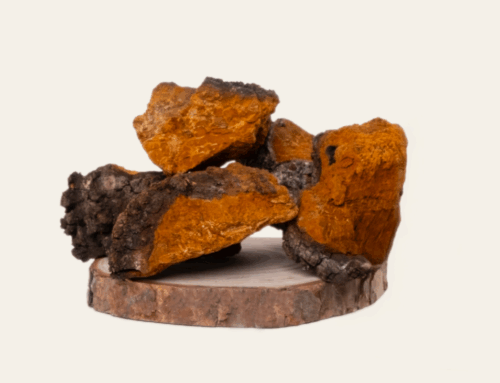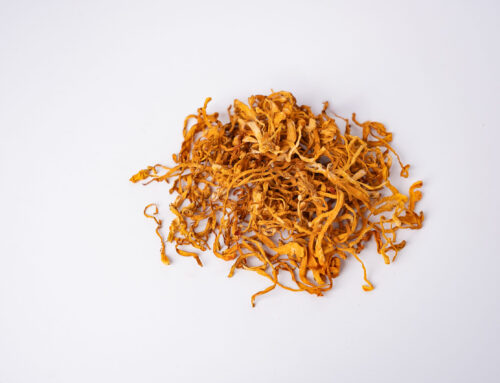Ever marveled at how effortlessly you tackle everyday tasks, from lugging groceries to chasing after the kids or dominating in a friendly game of backyard basketball? That’s the magic of lean muscles at work. It’s not just about looking like a superhero; it’s about feeling like one in the real-world scenarios of your life. Lean muscle mass isn’t just reserved for gym goers or athletes; it’s your body’s unsung hero, supporting you through the ups and downs of daily adventures.
But here’s the thing, it tends to break down without enough physical activity, and also declines as we age. When it comes to building and maintaining lean muscle mass naturally, a solid understanding of how it benefits us, the right exercises to engage in and adequate nutritional support can make all the difference. Let’s dive in!
Defining lean muscle mass
You’ve probably come across the term lean muscle mass before, but what exactly does it mean? Simply put, lean muscle mass refers to the portion of your body weight that encompasses everything except fat – think organs, skin, bones, and, of course, muscle tissue. It’s your total body weight minus the weight of fat.
The many benefits of building lean muscle mass
Many people choose to build lean muscle mass to stay trim, but it also improves our strength, enhances balance, and promotes good posture. Additionally, having a good proportion of lean muscle mass can help prevent injuries, support bone health, and improve coordination.
One study showed that gaining lean muscle mass can also help regulate food intake and improve metabolism. This is because building lean muscle mass is linked to reduced triglyceride (fat) levels and improved insulin sensitivity.
It’s important to note that as we get older, the amount of muscle mass in our bodies starts to decline.
This loss of muscle mass happens because protein synthesis slows down within the body, enabling our muscles to deteriorate faster. That’s why you’ll often hear experts recommending increased protein intake and regular exercise even at an older age.
How to develop lean muscle mass
Achieving and maintaining lean muscle mass typically involves adjusting both our workout regimen and dietary habits. Let’s take a closer look.
Get moving
When it comes to muscle-building exercises, traditional weight lifting with barbells and dumbbells may come to mind. While effective, alternative methods have proven significant benefits in lean muscle development. Incorporating activities like power yoga, strength training, high-intensity interval training (HIIT), and body weight exercises can deliver impressive results.
Try to incorporate around two to three strength training workouts per week. The best part is that you don’t need any specific equipment on hand to do these exercises! Most of them make use of your own body weight.
Another tip is to combine both isotonic and isometric exercises in your workout routine. Isotonic refers to those activities that involve movement and muscle contraction, such as pushups, situps, squats, and tricep dips. Isometric involves static movements that don’t require repetitive movements or contractions – think plank holds, wall sits, and boat pose.
Boost your protein intake
As we age, our bodies naturally lose muscle mass due to a decline in protein synthesis. To combat this, we need to up our protein intake.
For optimal muscle repair and growth, we need to focus on consuming complete proteins. When we eat complete proteins, the body breaks them down into smaller compounds called amino acids. These are what work to build new muscle, support metabolism and repair tissues. In total, there are approximately 20 amino acids, but only 9 are considered essential to our well-being. Complete proteins include foods that contain all 9 of these essential amino acids.
Looking to increase your intake of complete proteins? Here are a some foods you can incorporate into your diet:
- Meat
- Dairy
- Eggs
- Soy
- Quinoa
- Buckwheat
When to reach for supplement support
Occasionally, your diet may not provide all the protein your body needs. That’s where dietary supplements like CanPrev’s MuscleRescue come in handy. Powered by Reginator®, this formula boasts a vegan blend of essential amino acids, delivering double the muscle-building power of whey protein. Plus, it’s clinically proven to preserve and even boost muscle tissue growth, even during periods of no physical activity.
Lean muscle mass does a lot of good for our bodies, from helping us stay balanced, to supporting good posture and movement. To keep them in top shape, make sure you’re getting enough protein, consider quality supplements for extra support, and add some muscle-building exercises to your routine.
Sources:
Combating age-related muscle loss
Increasing muscle mass to improve metabolism







Leave A Comment